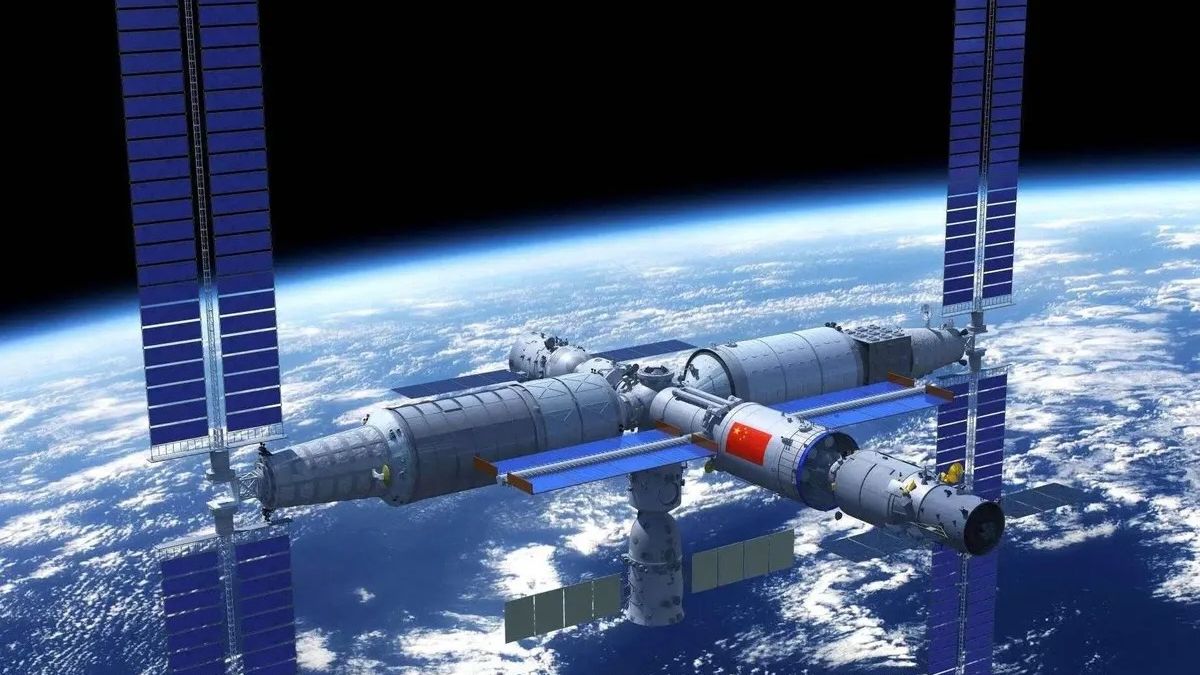Now Reading: Chinese Scientists Identify Novel Bacteria on Tiangong Space Station
-
01
Chinese Scientists Identify Novel Bacteria on Tiangong Space Station
Chinese Scientists Identify Novel Bacteria on Tiangong Space Station

In a discovery that has sparked both excitement and intrigue, Chinese scientists aboard the Tiangong space station have announced the identification of a previously unknown strain of bacteria. This mysterious microorganism, provisionally dubbed ‘Tiangong X-1’ by researchers, was found during routine environmental monitoring within the station’s biological experimental module. The implications of this find are still being fully understood, but it opens up new avenues for astrobiological research and raises fascinating questions about the adaptability of life.
The discovery was made public through a preliminary report from the China Manned Space Agency (CMSA) and an accompanying study published in the peer-reviewed journal Microbiology Frontiers. According to the report, samples collected from various surfaces within the Tiangong’s controlled environment yielded several microbial cultures, but one particular strain exhibited characteristics that did not match any known terrestrial counterparts in existing genetic databases.
Initial analysis of Tiangong X-1 reveals it to be a rod-shaped bacterium, significantly smaller than many common Earth bacteria. Its genetic sequencing has indicated a unique evolutionary lineage, suggesting a long period of independent development or adaptation to highly specific conditions. Scientists are currently investigating its metabolic pathways, growth rate, and resilience to the unique challenges of the space environment, such as microgravity, elevated radiation levels, and the enclosed atmosphere of the space station.
While the exact origin of Tiangong X-1 remains a subject of intense speculation, several theories are being explored. One possibility is that it represents a novel species of extremophile that hitched a ride from Earth, perhaps hidden in equipment or supplies, and subsequently evolved in the unique space environment. Another, more remote, but equally captivating theory is that the bacteria could be extraterrestrial in origin, although the scientific community emphasizes that this is highly unlikely given the rigorous sterilization protocols for spacecraft. A more plausible scenario, and one that is gaining traction, is that it is a highly adapted terrestrial bacterium that has undergone significant evolutionary changes due to prolonged exposure to the space station’s unique ecosystem, making it appear entirely new.
The discovery has significant implications for future long-duration space missions. Understanding how microorganisms behave and adapt in space is crucial for maintaining astronaut health, preventing contamination, and designing effective life support systems. The unique properties of Tiangong X-1 could also hold biotechnological potential, with researchers eager to investigate any novel enzymes or metabolic processes it might possess that could be valuable for medical, industrial, or even astrobiological applications.
Currently, the Tiangong crew, in collaboration with ground control, is conducting further experiments to characterize Tiangong X-1. These include studying its response to different nutrient sources, temperature variations, and radiation exposure. The CMSA has stated its commitment to transparency and international collaboration, indicating that samples of the bacteria will be shared with global research institutions for independent verification and further study once all necessary protocols are met.
This discovery on the Tiangong space station underscores the ongoing marvels of scientific exploration and the unexpected surprises that lie in wait beyond our planet. As scientists delve deeper into the mysteries of Tiangong X-1, it promises to reshape our understanding of microbial life and its incredible capacity for survival and adaptation, both on Earth and potentially beyond.







